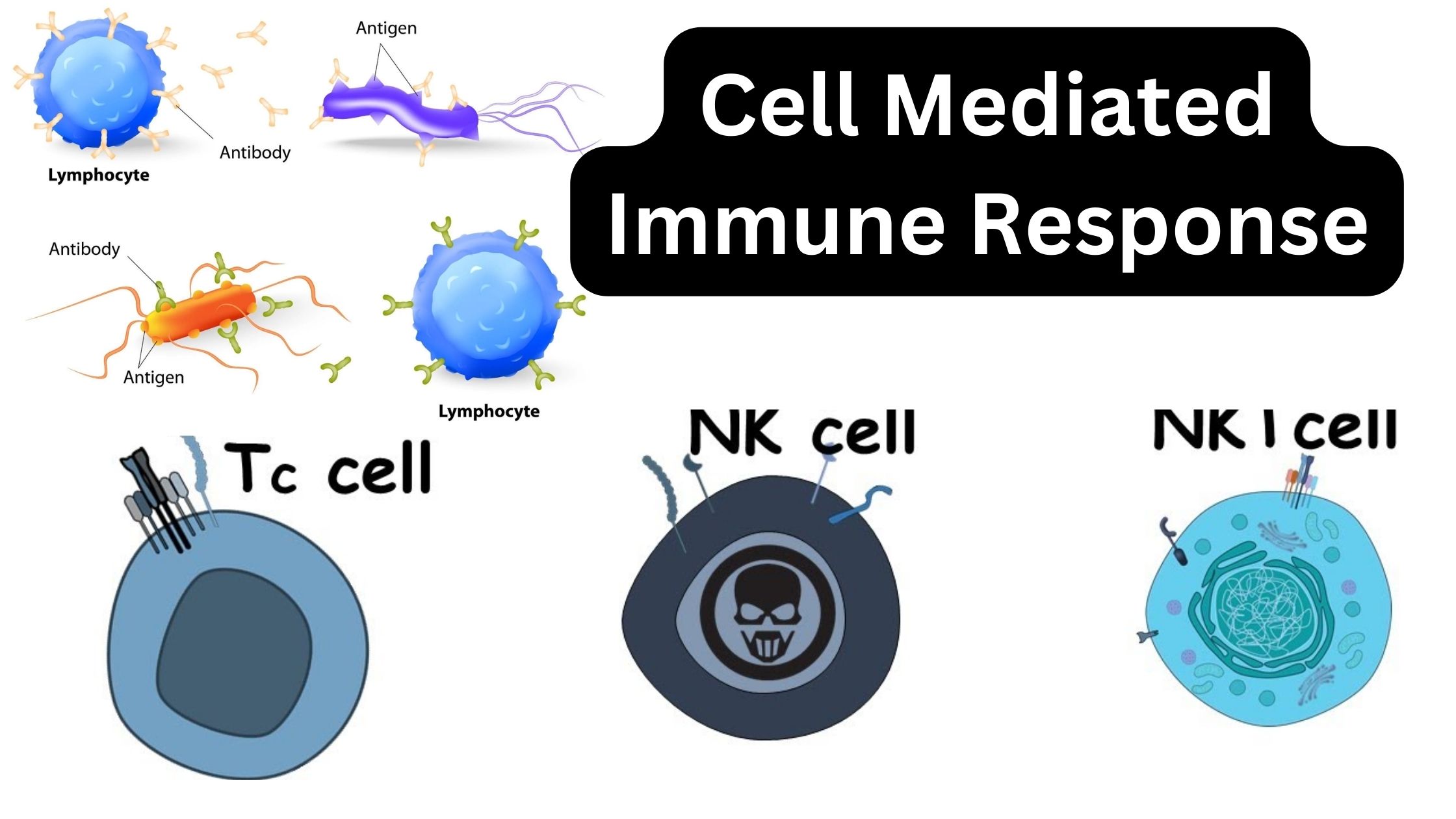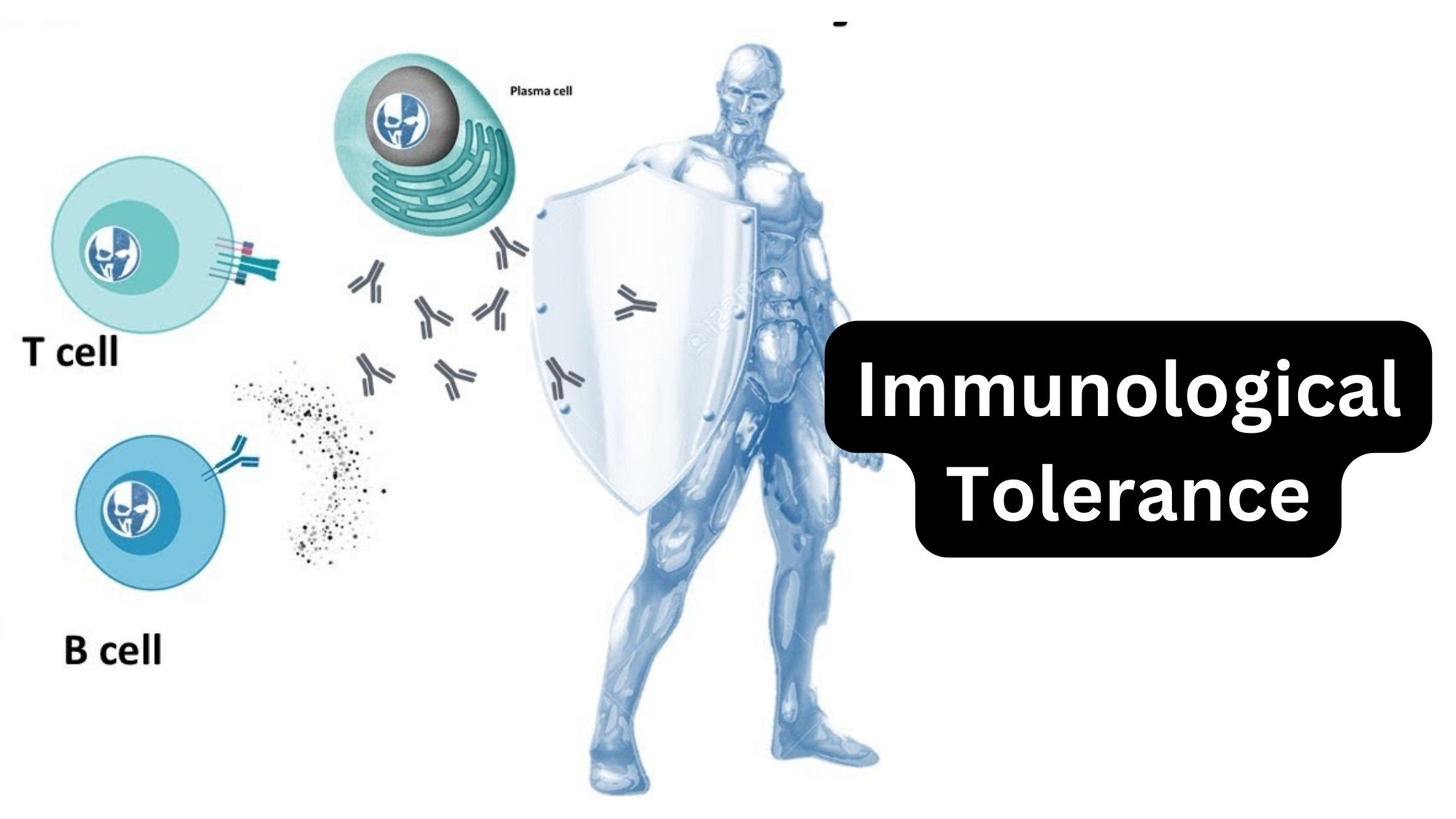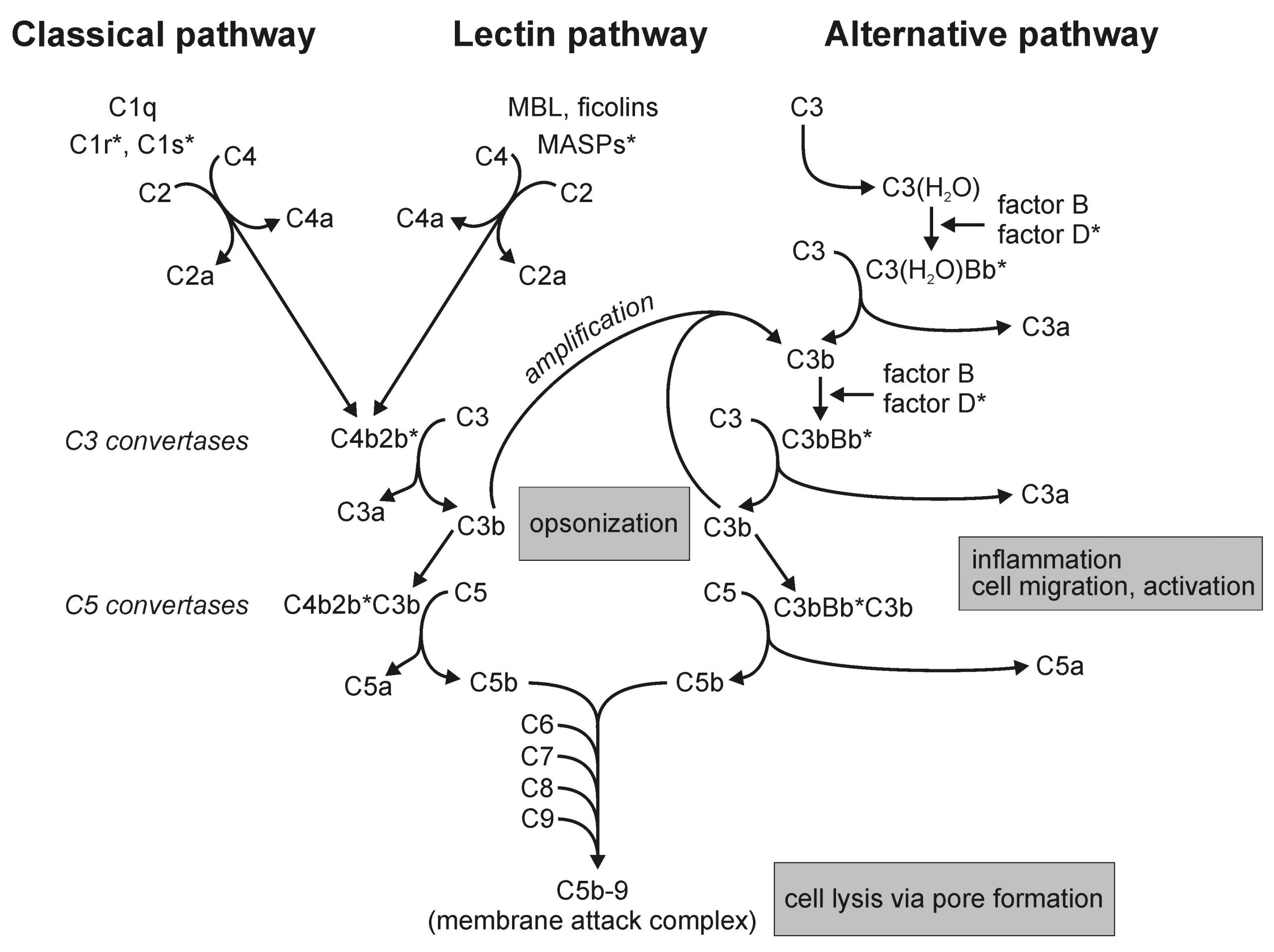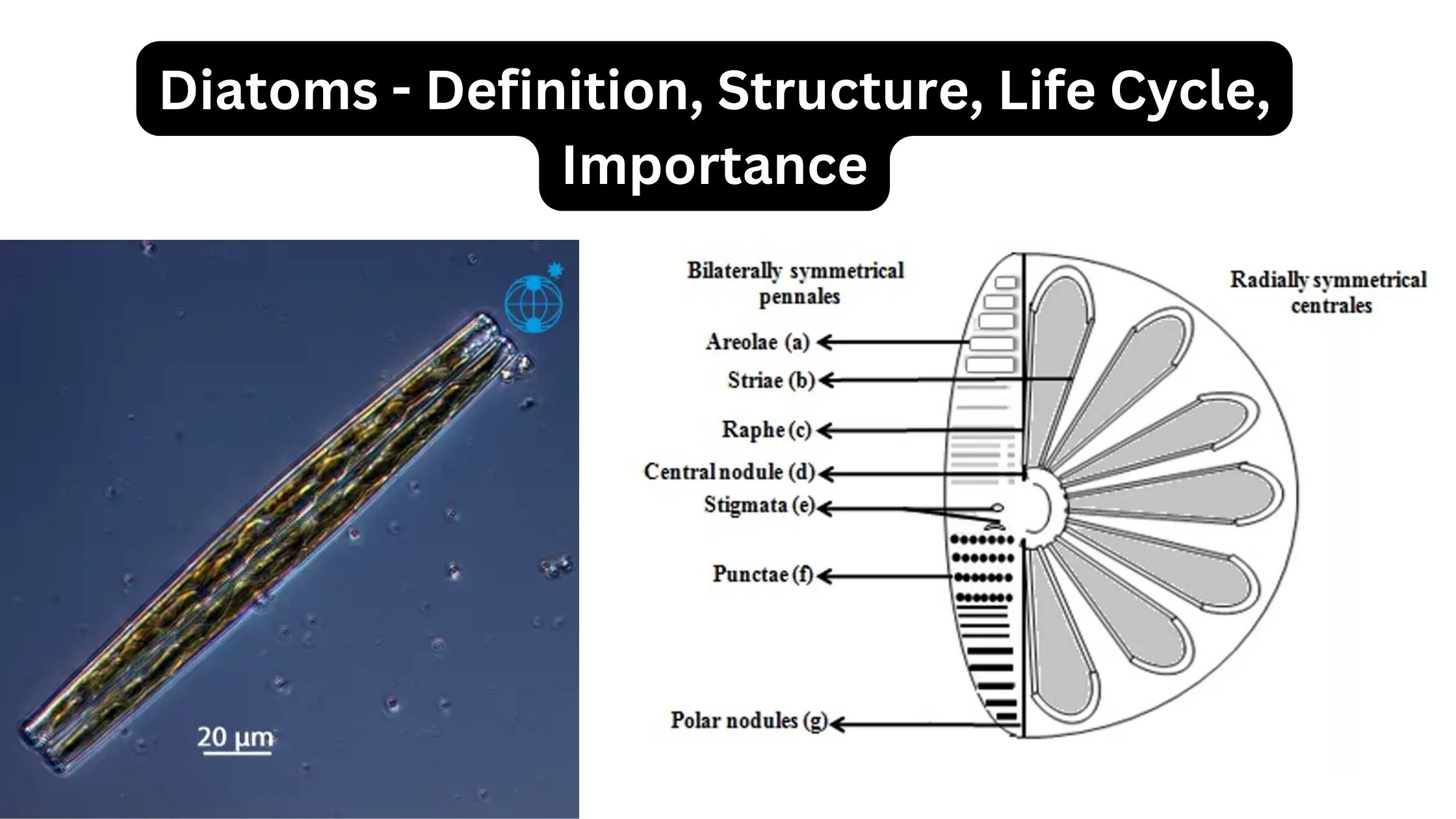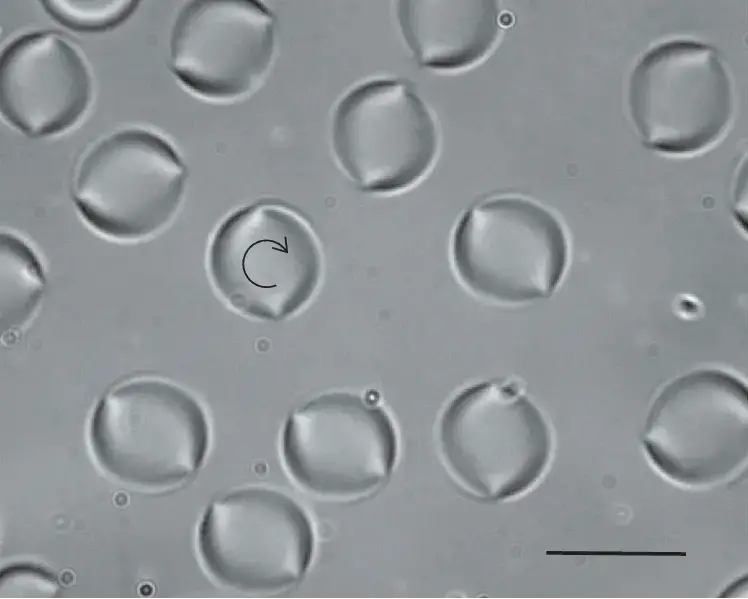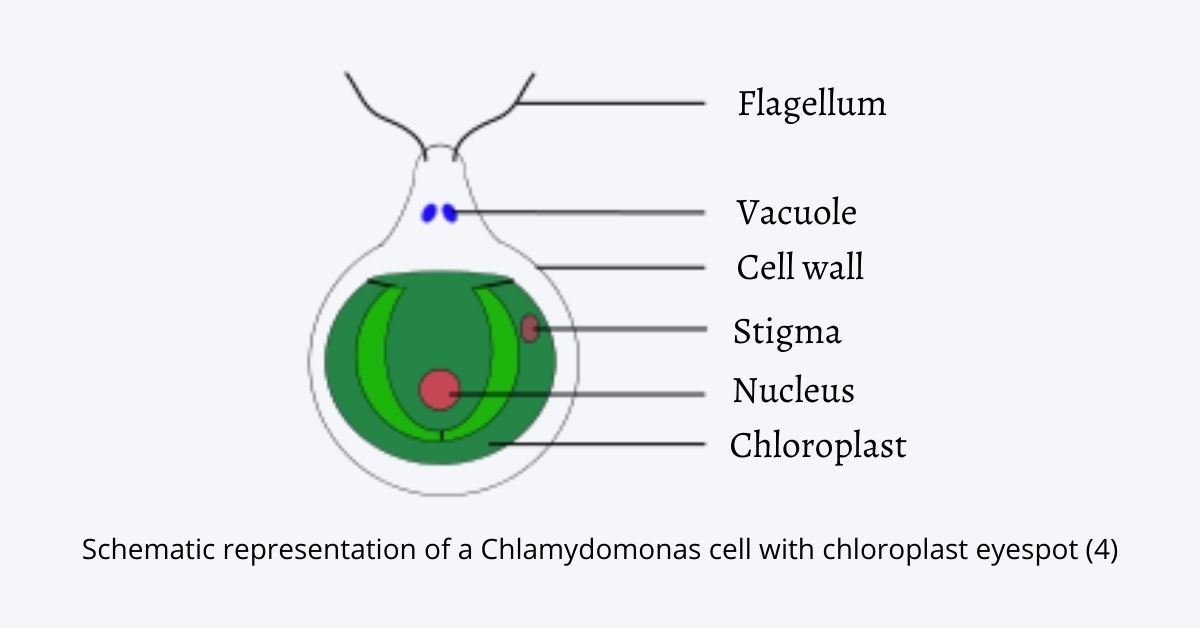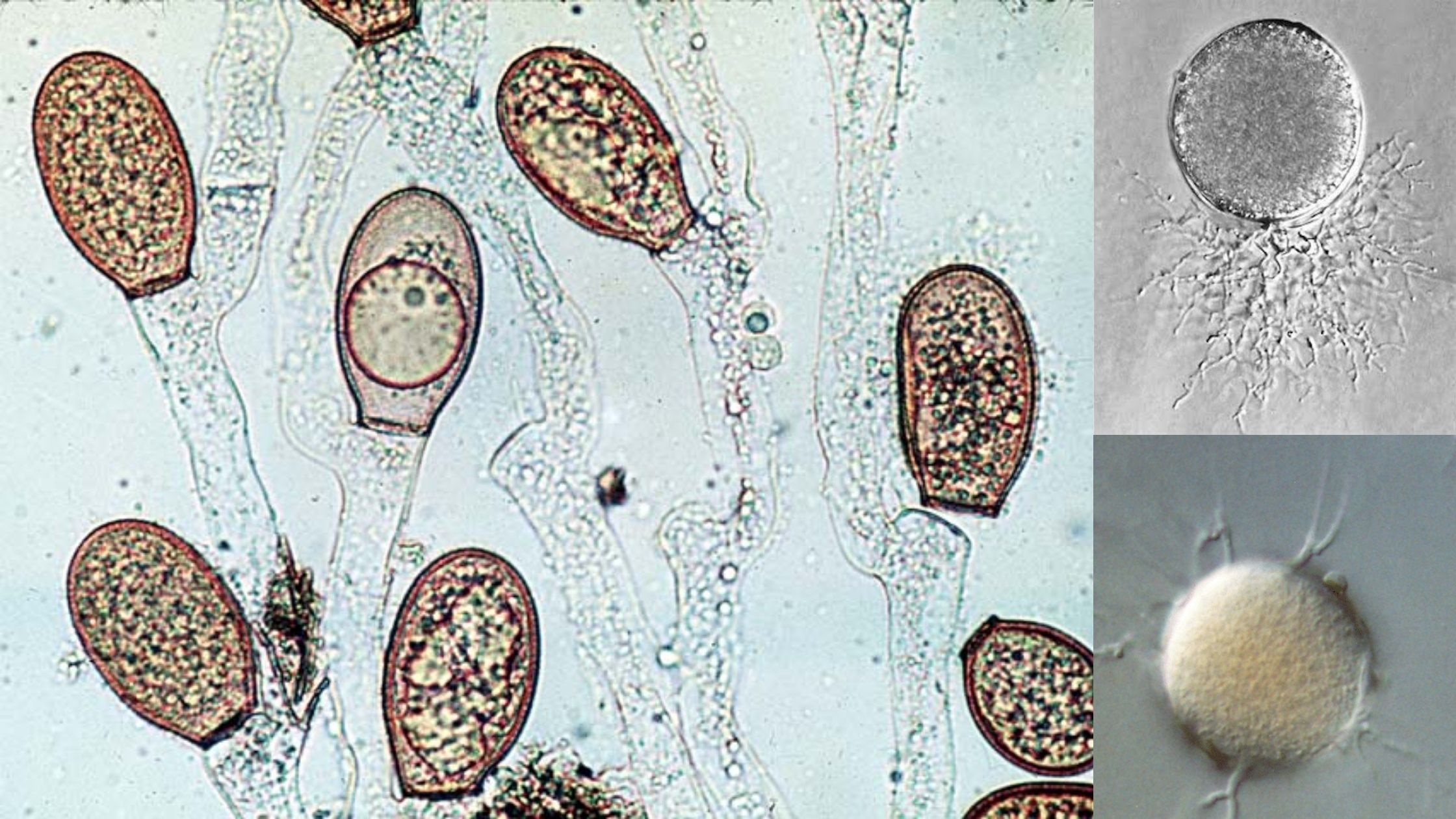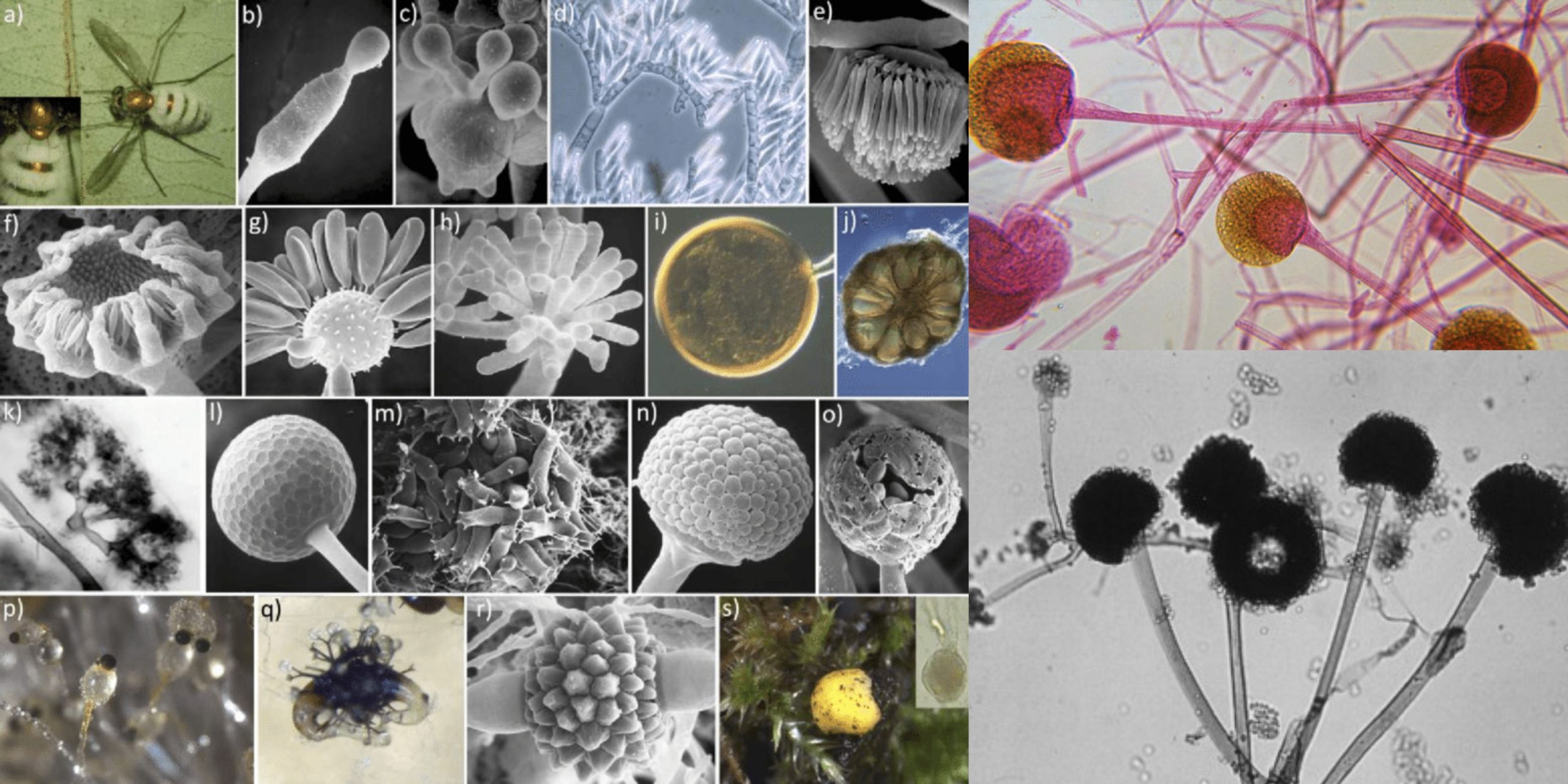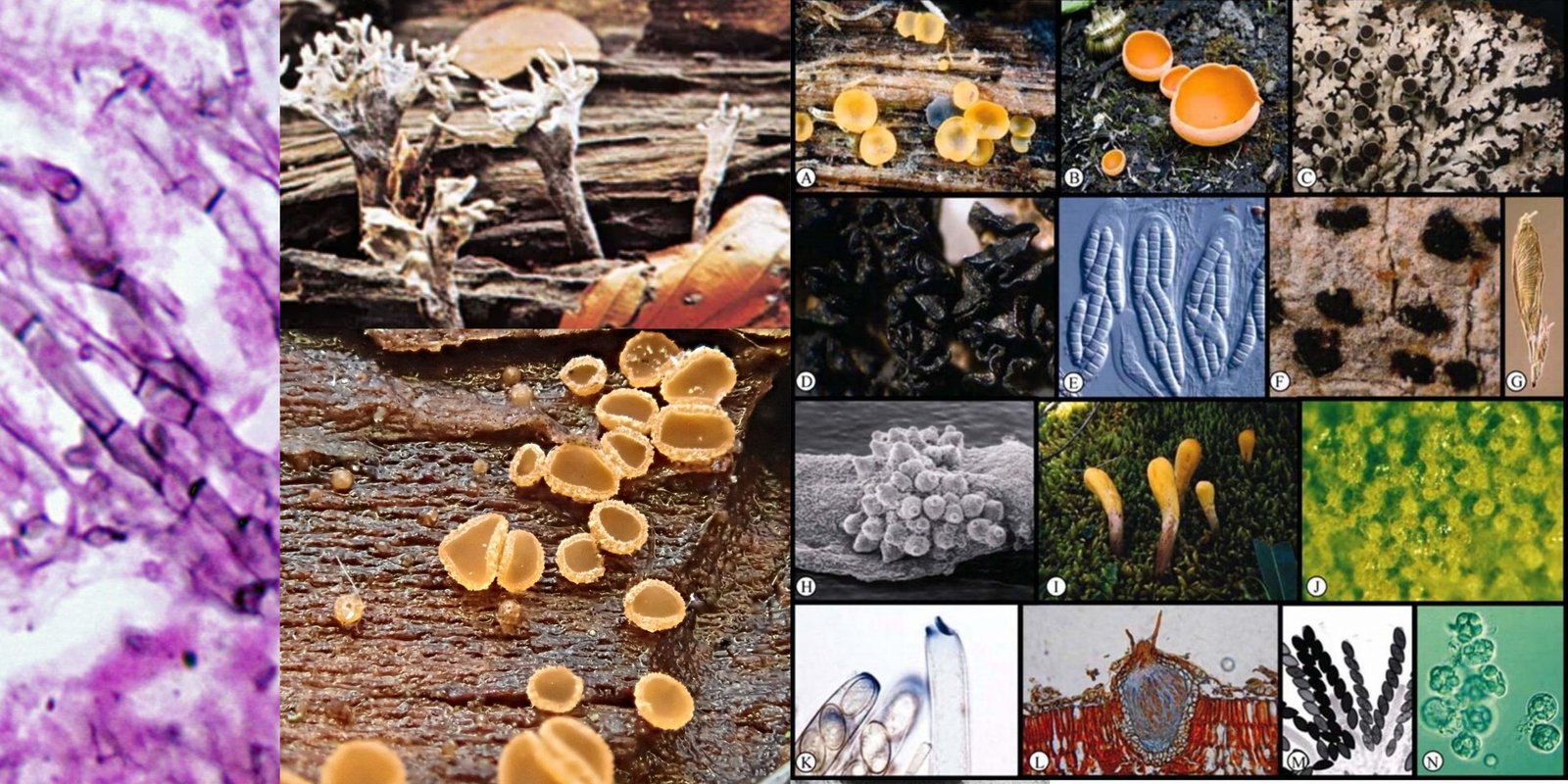Cell Mediated Immune Response
Cell-Mediated Immunity Definition CMI is an unique sort of acquired immune response that is not mediated by antibodies but rather by sensitised T cells. This type of immunity is passed from donor to recipient without the need of antisera, but rather with intact lymphocytes; therefore, it is referred to as cell-mediated immune reaction. Contrary to … Read more
